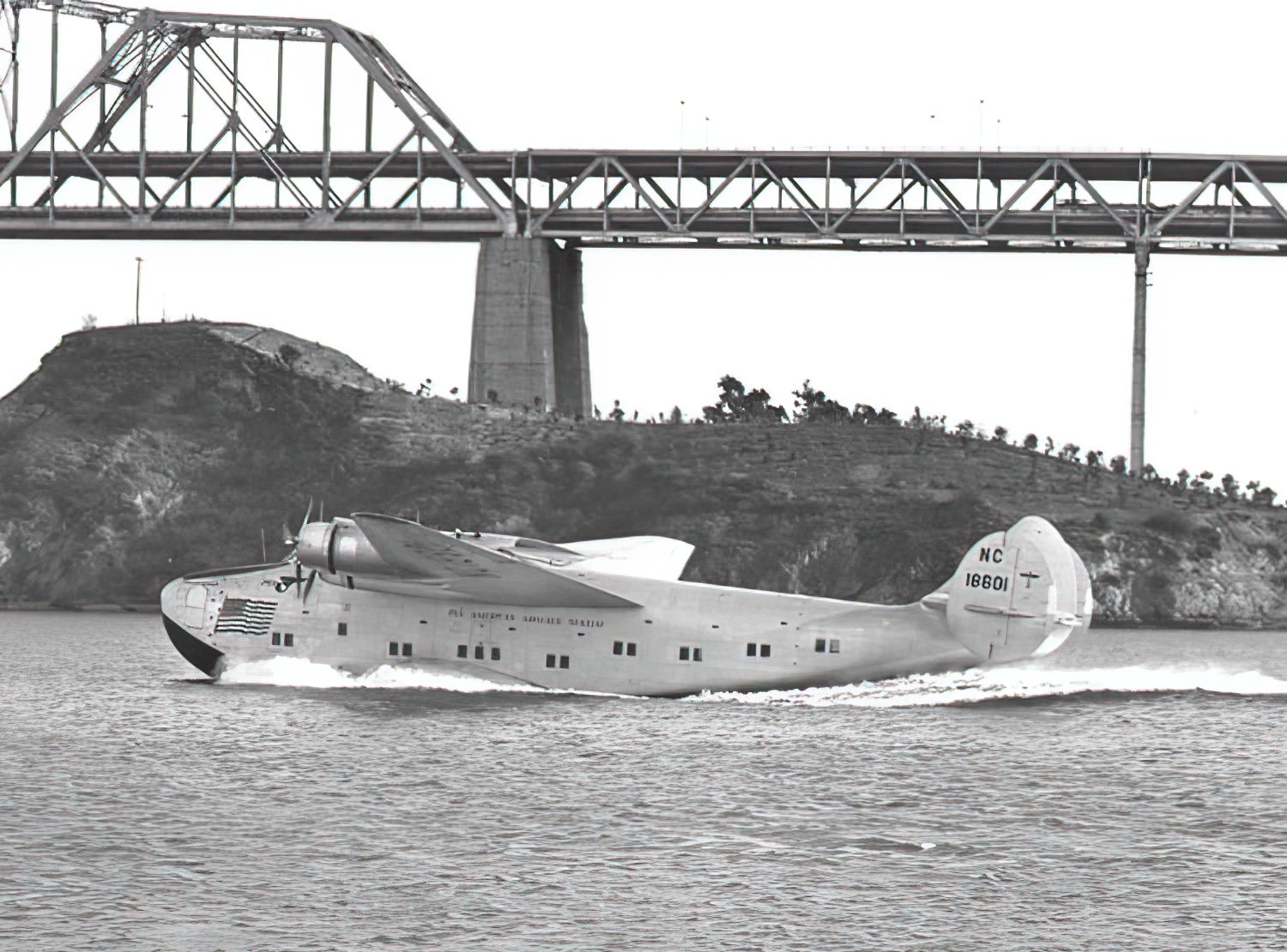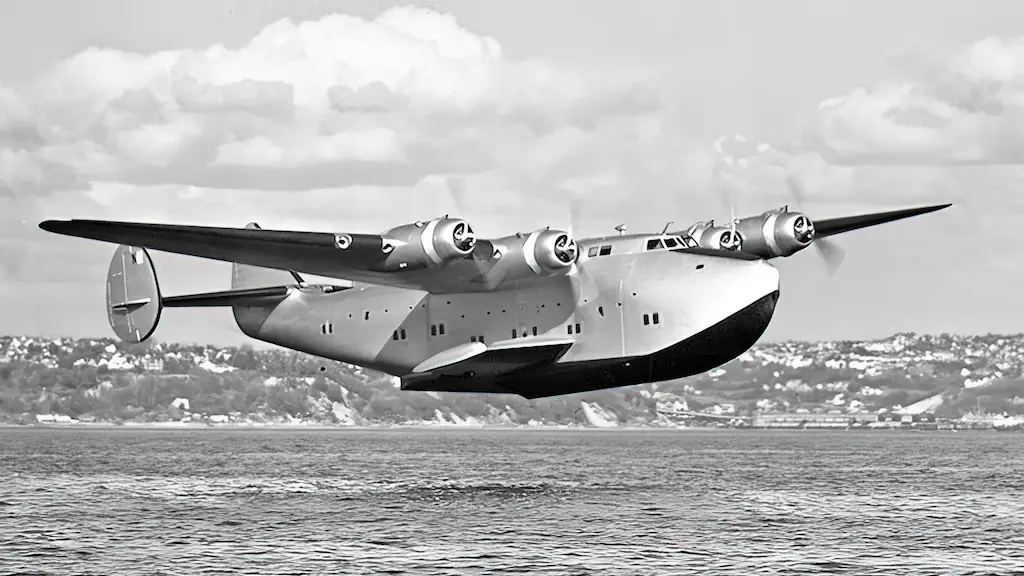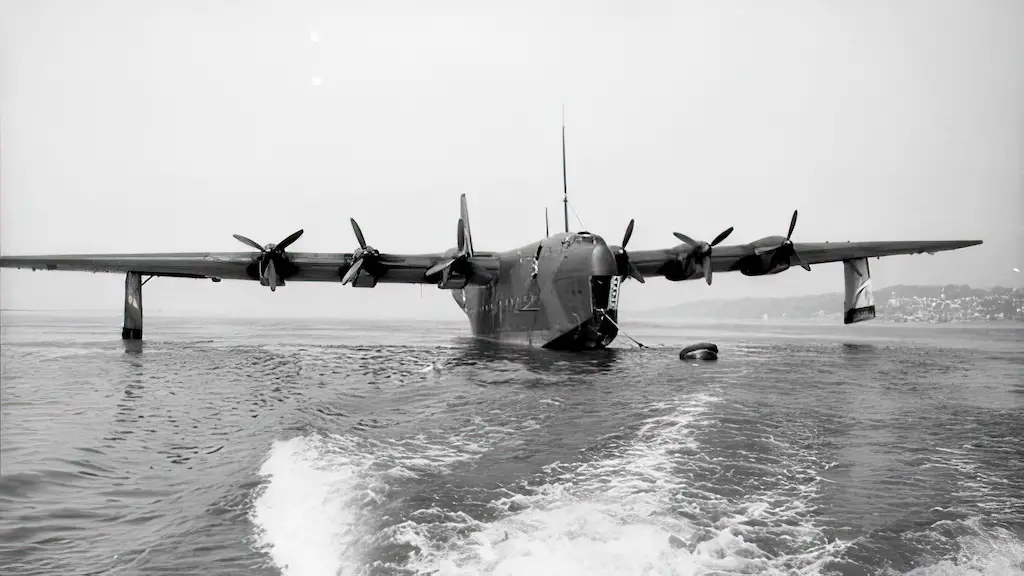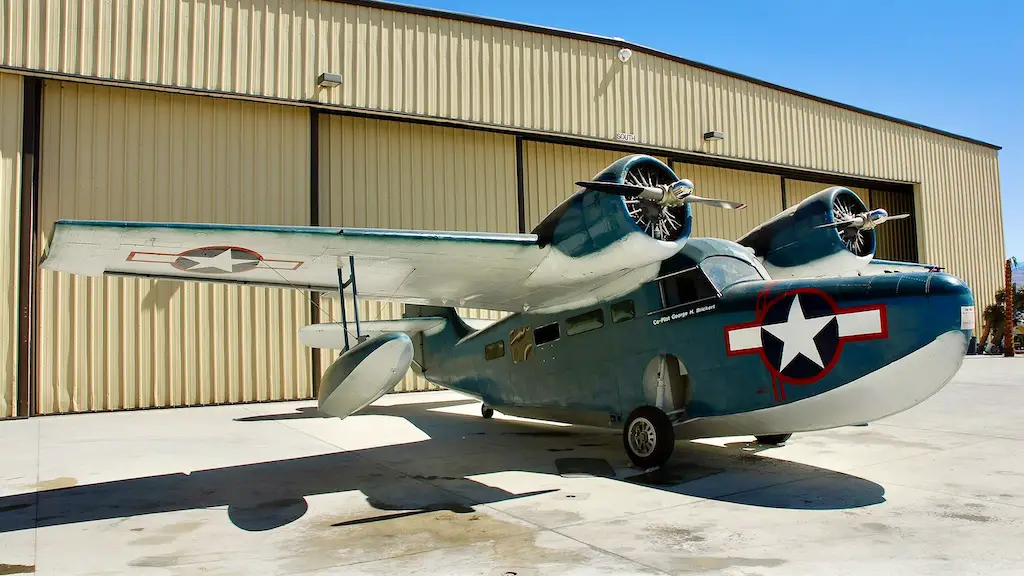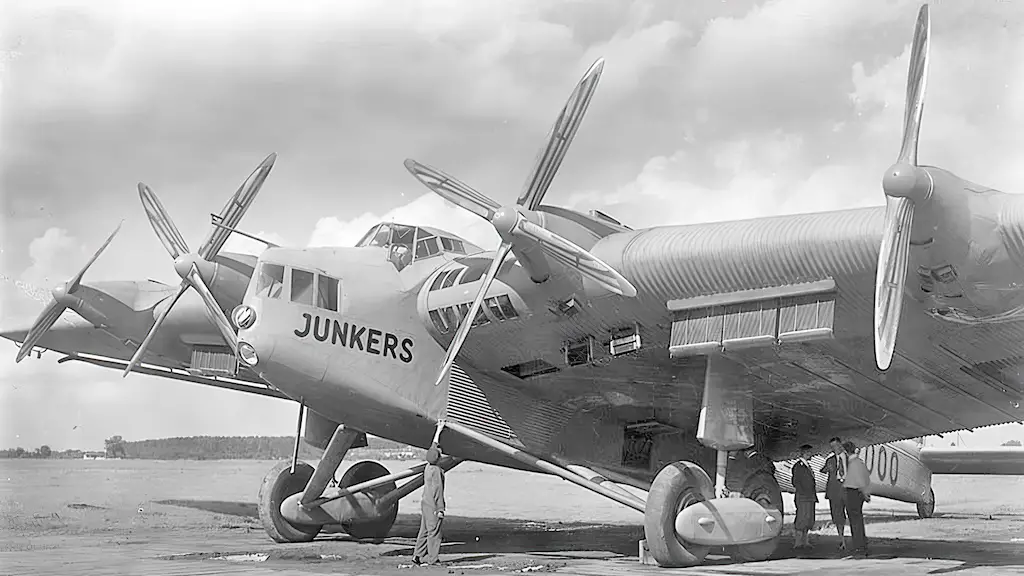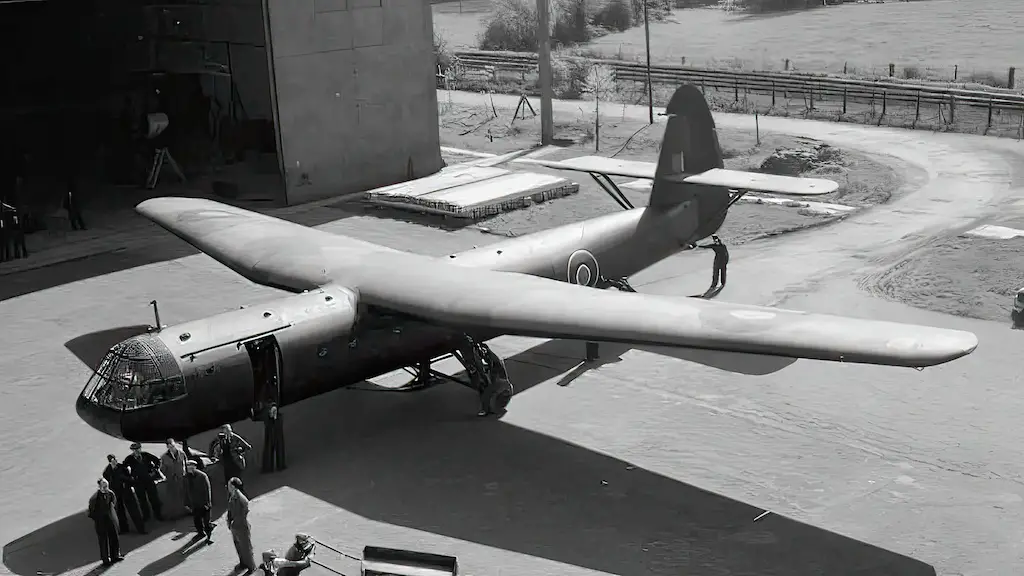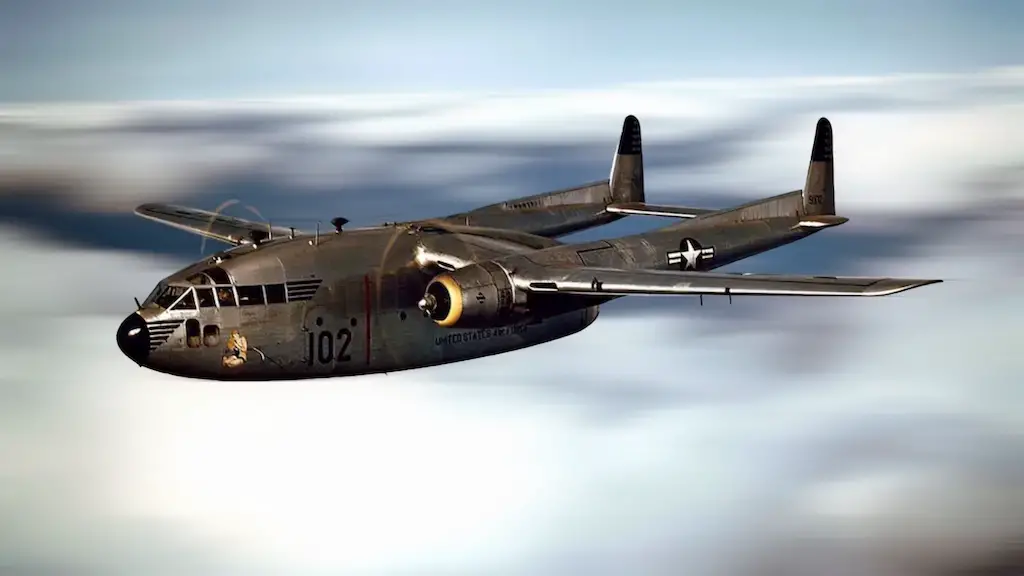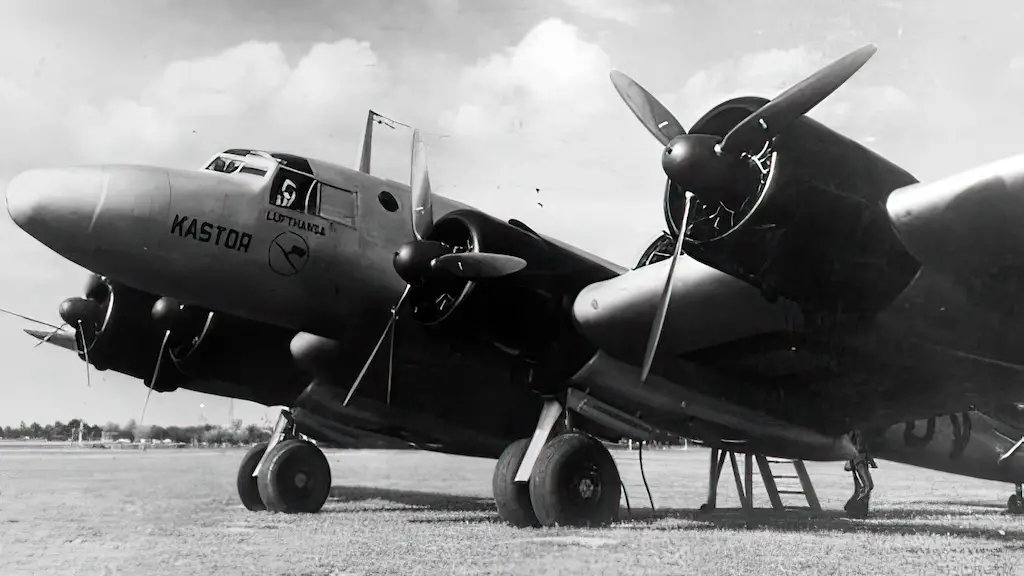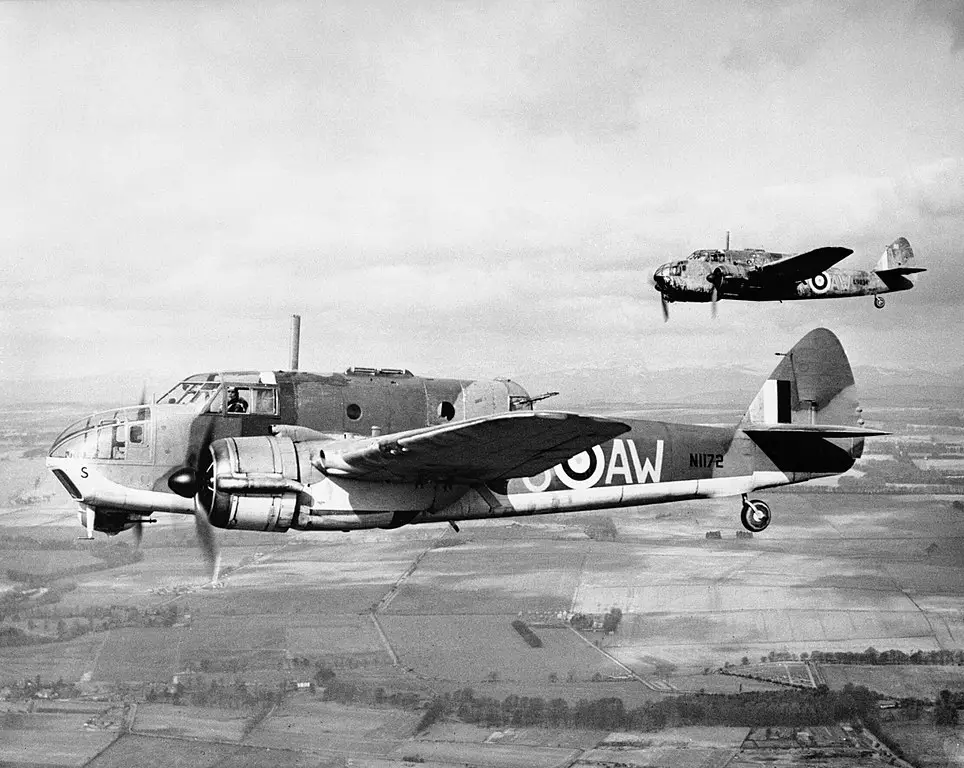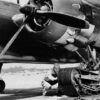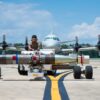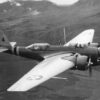No safe place
When the Japanese bombed American naval base at Pearl Harbor on December 7, 1941 it triggered a war that would last almost four years. The Pacific ceased to be a safe place for civil aviation overnight. Seeing the usual path back to San-Francisco via Honolulu as too dangerous, Pan Am instructed the boat’s Captain Robert Ford to take the long way home by flying north-west instead of north-east.
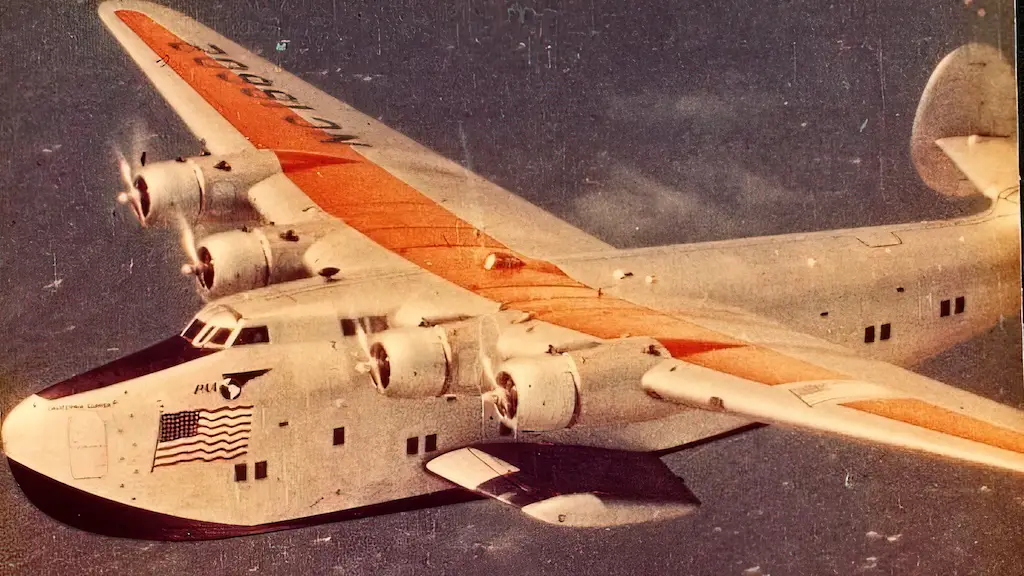
Getting away from the war
On December 16, ‘California Clipper’ stripped of all markings, insignia, and registration took off from Auckland harbor. As the first leg of their long journey, the ‘California Clippers’ crew brought several Pan Am staff stranded in Noumea, New Caledonia, to the safety of Australia.
Flying from Darwin to then-Dutch-owned Jawa across the Timor Sea, they got a feel of the war spreading across the region. As the ‘California Clipper’ was approaching the island it was intercepted by British Bristol Beaufort fighters. The flying boat had no signs on it except for a small piece of the American flag left on the hull. To make things worse, its radio malfunctioned. Thanks to Capt. Ford’s efforts to fly the aircraft in the most non-threatening way together with the British fighter pilots’ prudence, nobody got hurt.
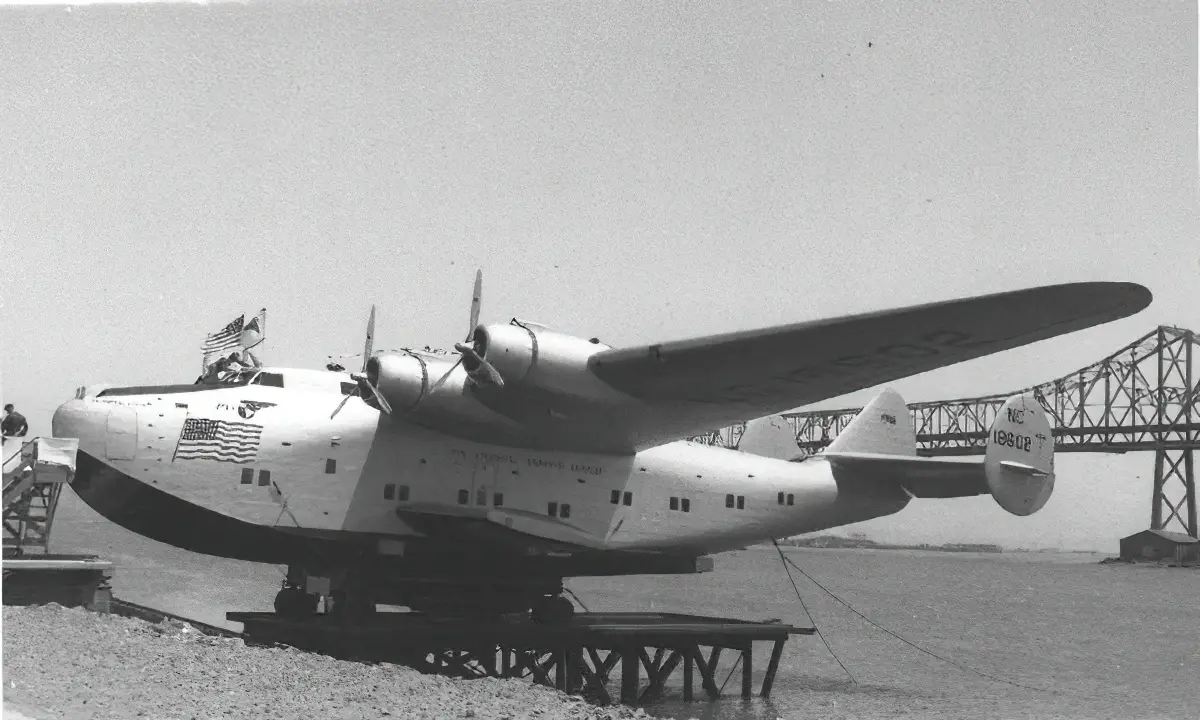
Once they approached Surabaya, Ford figured they’d rather not risk landing in the harbor packed with warships and set the plane down outside its entrance. As it turned out, in the middle of a minefield. Luckily they got away with that and after replenishing supplies proceeded to Trincomalee, Ceylon.
‘California Clippers’ navigator Rod Brown didn’t have any detailed maps of the regions they were flying over. Trying not to miss Ceylon they descended beneath the clouds, only to find themselves facing a Japanese submarine. They saw its crew rush to the deck gun, but luckily the ‘California Clipper’ managed to get away safely.
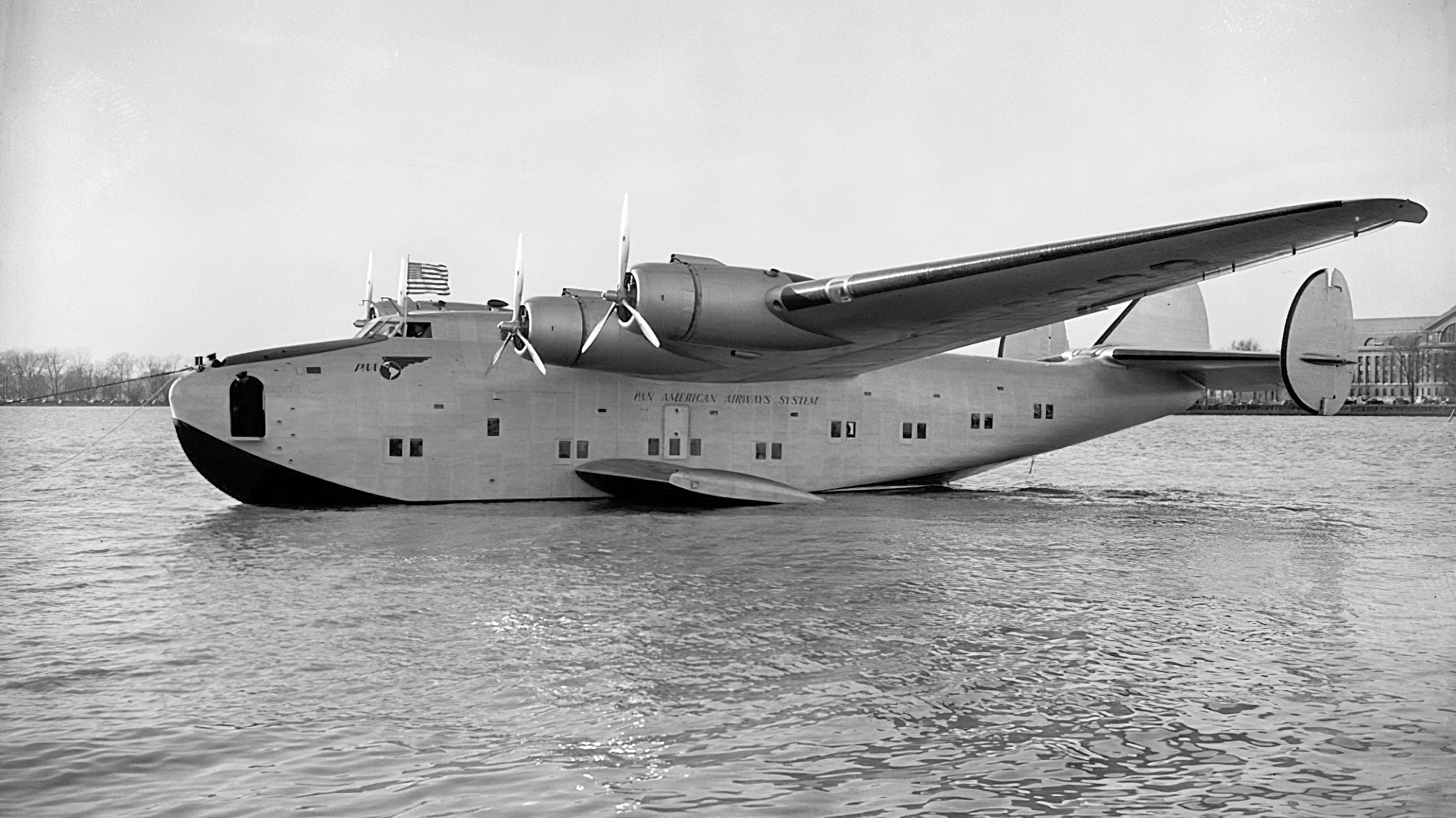
Touring the British Empire
The circumnavigators celebrated the Christmas in Trincomalee, staying there several days longer than planned due to engine failure. Their flight path, however, lay via several more British-controlled territories: Karachi, Bahrain, Khartoum. On December 29, they touched down at the confluence of the White and Blue Niles, near Khartoum.
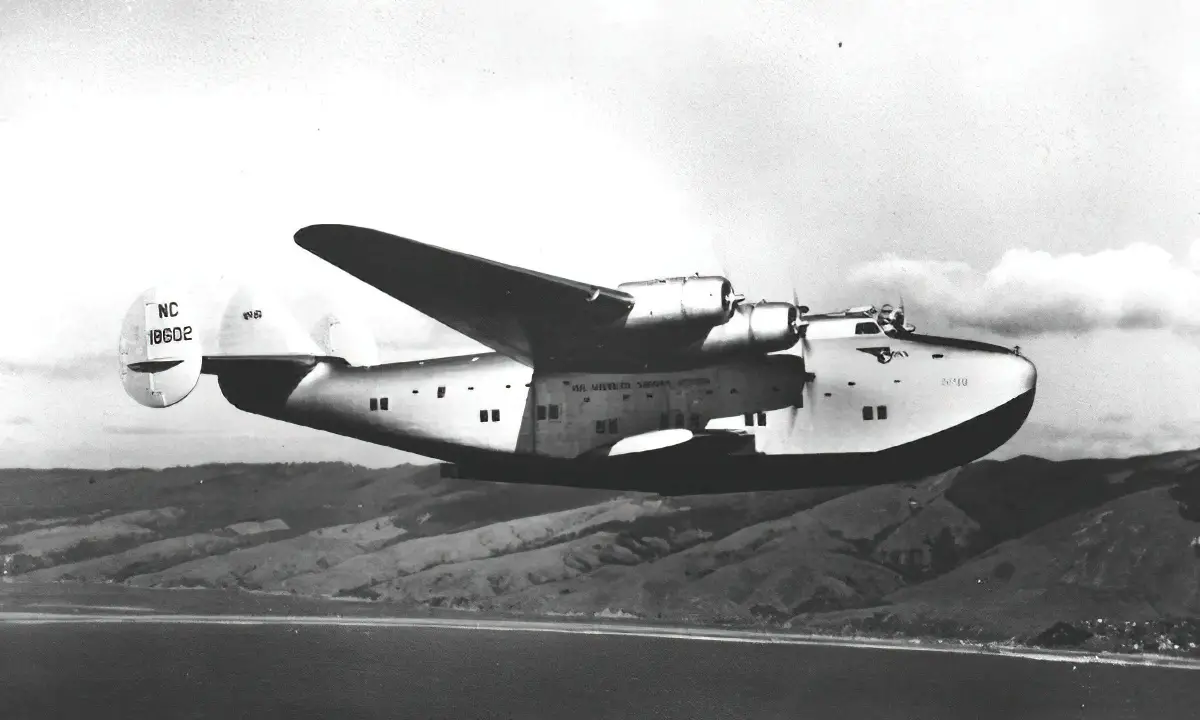
Scrounging for fuel
As aviation fuel was increasingly reserved for military purposes, they had to use whatever was available. The ‘California Clipper’ flew from Java to Ceylon and from Bahrain to Khartoum on 76 octane automobile gasoline. The engines didn’t run particularly smoothly on a lower-grade fuel, but that was better than nothing. And in Darwin the crew had to spend hours refueling the boat with the use of jerry cans for the lack of specialized pumping equipment. They were also very limited in other supplies and money.
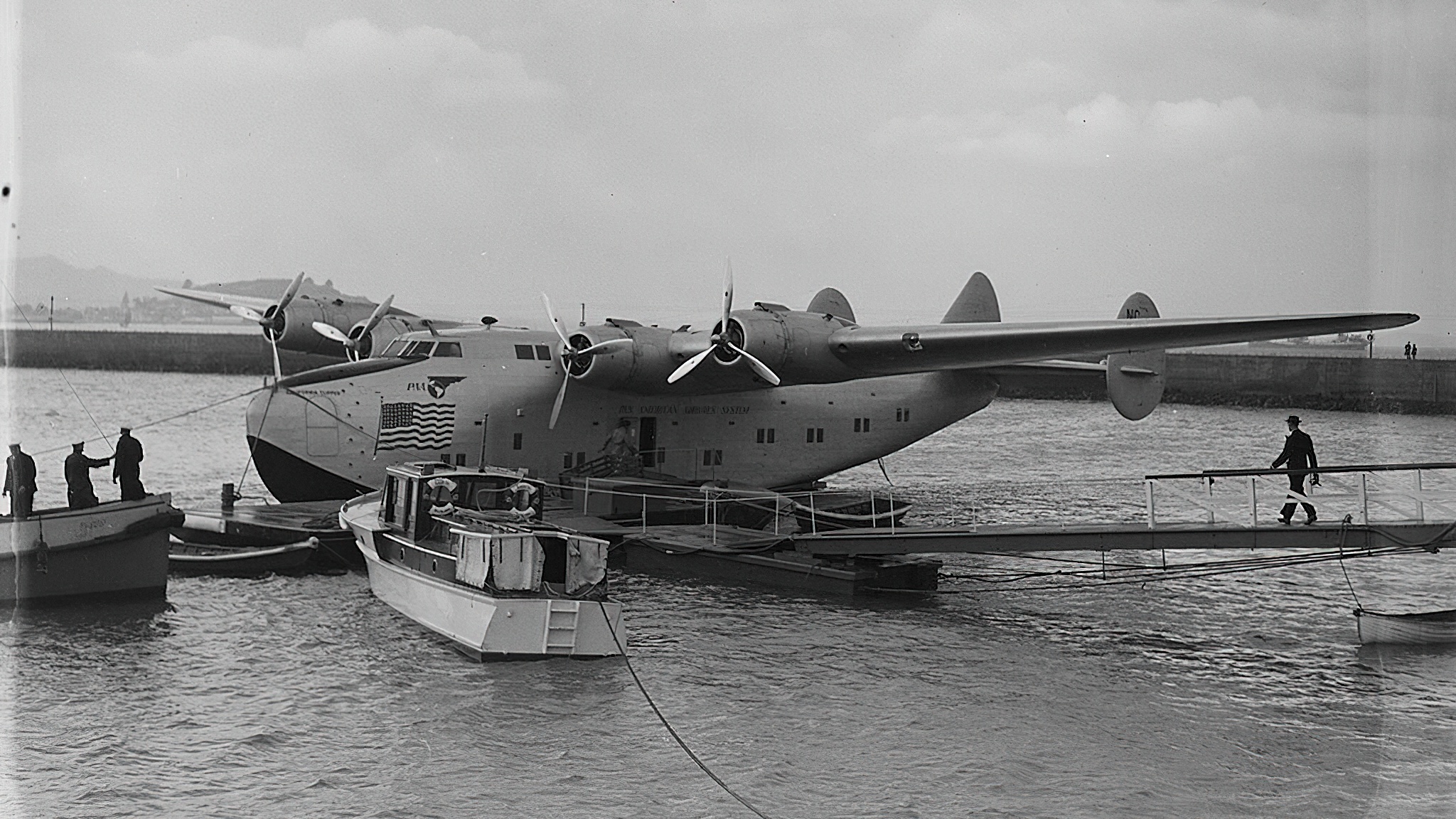
Another detour into the Southern Hemisphere
Flying to the US over the war-torn Mediterranean was not a viable option. A flight path across thousands miles of Sahara desert seemed way too risky as well. Ford chose to head south first, making a stop in Léopoldville, Belgian Congo, and then crossing the Atlantic to Brazil. After hours of flight over primeval grassland and jungle the aircraft touched down the surface of the Congo river at Léopoldville. There they met another Pan Am employee for the first time in weeks.
After a risky takeoff in an overloaded plane followed by exhausting 23 hours over the ocean—the longest non-stop flight in Pan Am’s history to date—the airmen arrived in Natal on January 3, 1942. From there they hopped to a Pan Am station at Port of Spain, Trinidad, to get some rest and make small repairs ahead of the final leg of the journey.
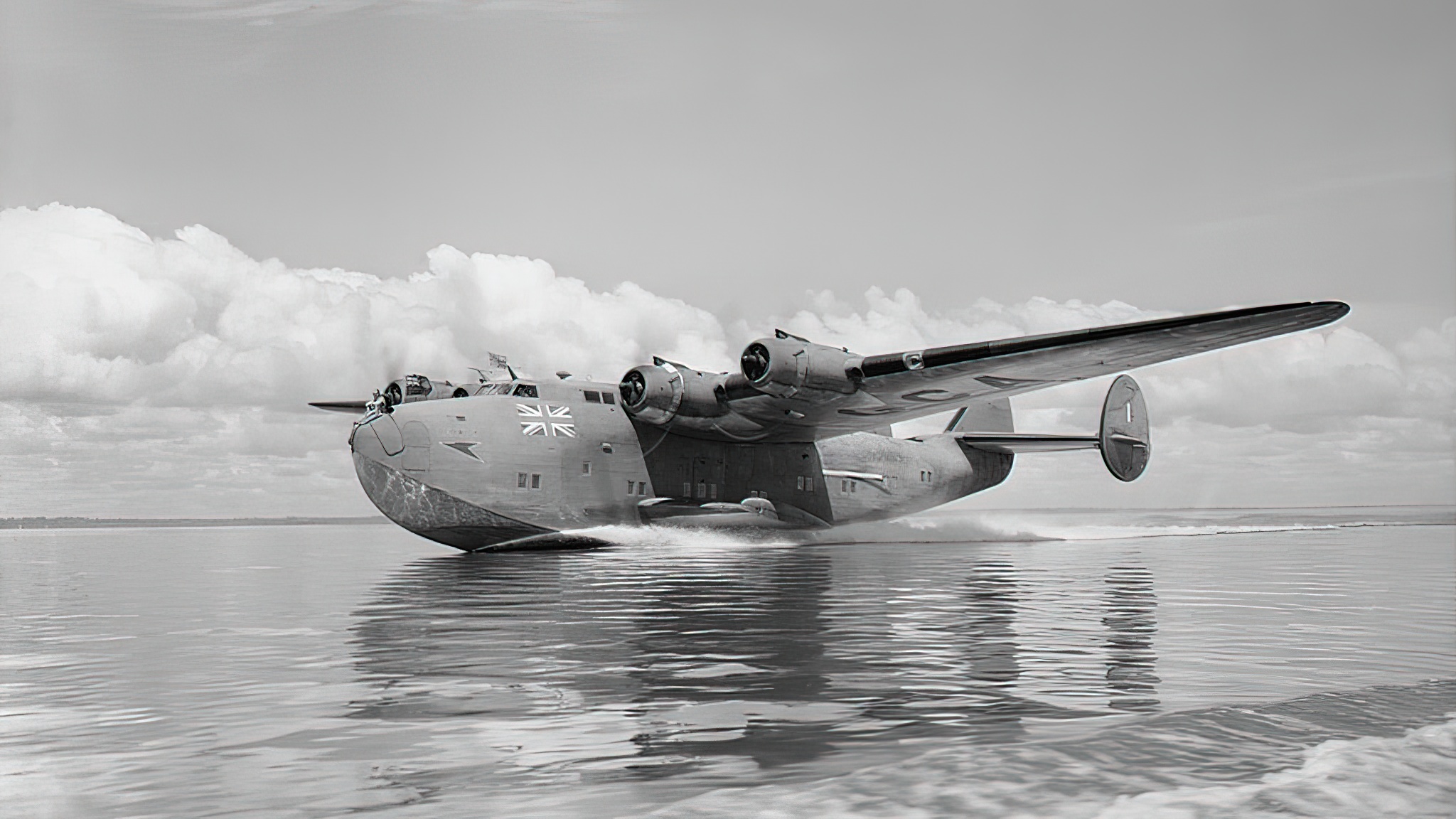
Back home
Having covered over 31,500 miles, the California Clipper reached New York on January 6, 1942, surprising the control tower of Laguardia Airport with an unexpected arrival from New Zealand. The last time they had been on the US mainland was on December 2, 1941. Following this Indiana Jones-style adventure the flying boat was renamed into Pacific Clipper and spent the rest of the war flying contract missions for the US military.
